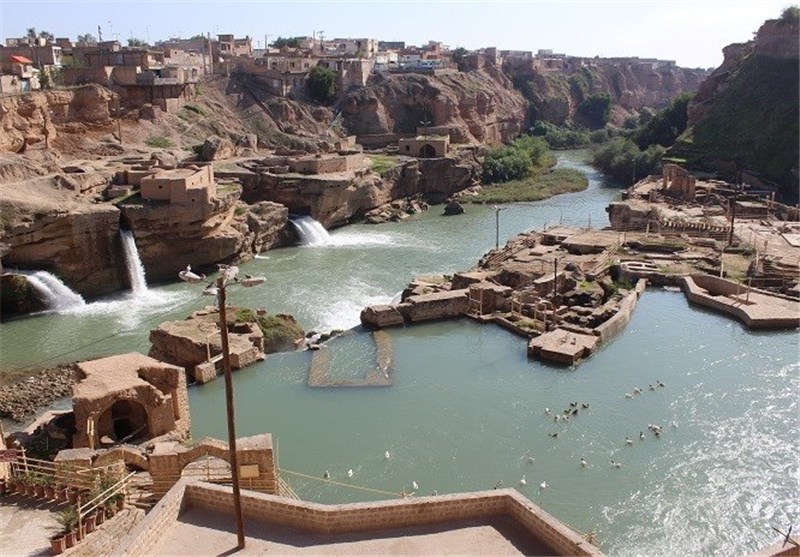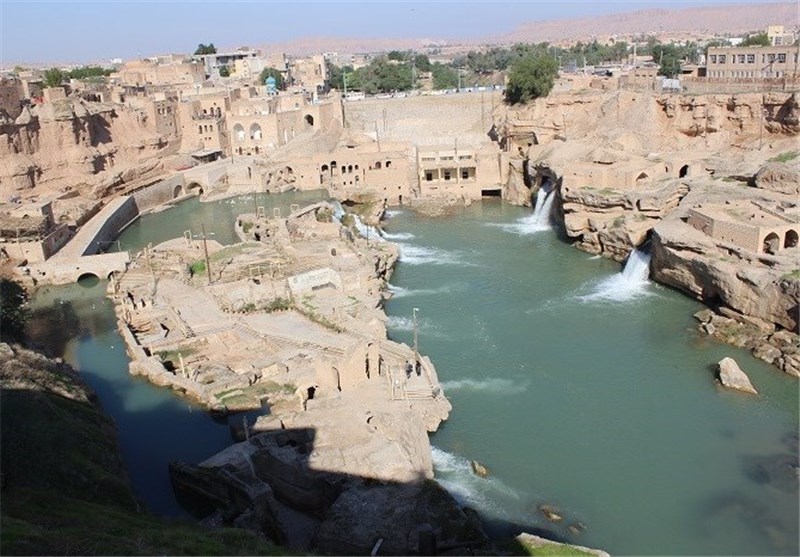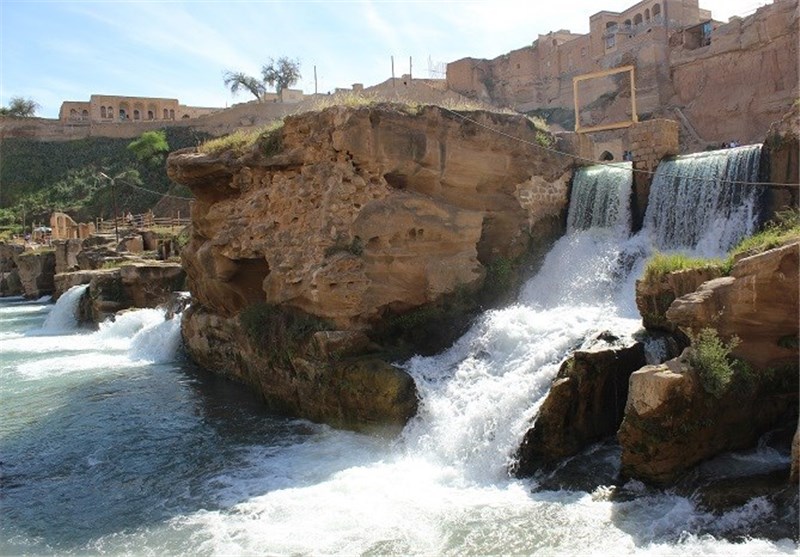Shushtar Historical Hydraulic System: Amazing Ancient Water Treatment Technique
TEHRAN (Tasnim) - Shushtar is a city in Khuzestan province, southwest of Iran. Shushtar owes much of its fame to its historical hydraulic system. This system has been registered in UNESCO’s list of World Cultural Heritage Sites in 2009, referred to “as a masterpiece of creative genius."
The Shushtar Historical Hydraulic System demonstrates outstanding universal value as in its present form; it dates from the 3rd century CE, probably on older bases from the 5th century BCE. It is complete, with numerous functions, and large-scale, making it exceptional.
The Shushtar system is a homogeneous hydraulic system, designed globally and completed in the 3rd century CE. It is as rich in its diversity of civil engineering structures and its constructions as in the diversity of its uses (urban water supply, mills, irrigation, river transport, and defensive system).

The Shushtar Historical Hydraulic System testifies to the heritage and the synthesis of earlier Elamite and Mesopotamian knowhow; it was probably influenced by the Petra dam and tunnel and by Roman civil engineering.
The Shushtar hydraulic system, in its ensemble and most particularly the Shadorvan Grand Weir (bridge-dam), has been considered a Wonder of the World not only by the Persians but also by the Arab-Muslims at the peak of their civilization. The Gargar canal is a veritable artificial watercourse which made possible the construction of a new town and the irrigation of a vast plain, at the time semi-desert. The Shushtar Historical Hydraulic System sits in an urban and rural landscape specific to the expression of its value.

Shushtar is a unique and exceptionally complete example of hydraulic techniques developed during ancient times to aid the occupation of semi-desert lands. By diverting a river flowing down the mountains, using large-scale civil engineering structures and the creation of canals, it made possible multiple uses for the water across a vast territory: urban water supply, agricultural irrigation, fish farming, mills, transport, defense system, etc.

It testifies to a technical culture dating back eighteen centuries serving the sustainable development of a human society, in harmony with its natural and urban environment.


Sources: Whc.UNESCO




